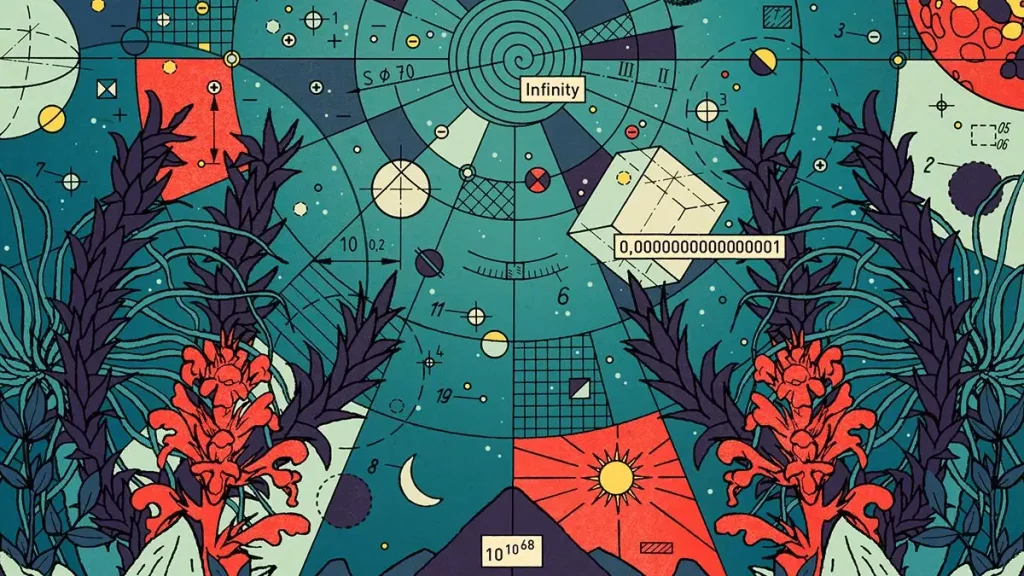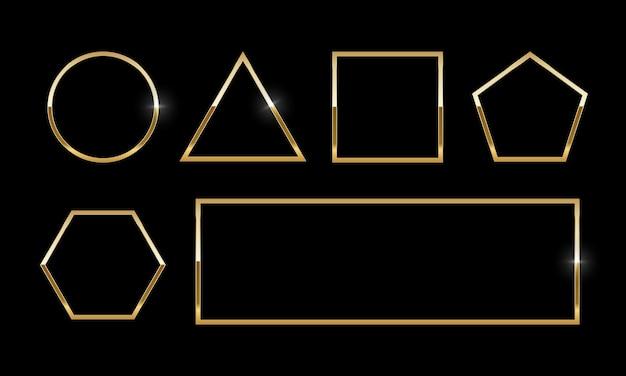Intrduction
Geometry, often hailed as the fundamental pillar of mathematics, unveils the intricate relationships and patterns that govern our physical world. As we delve into the realm of shapes, sizes, and spatial arrangements, we inevitably encounter the captivating concept of the “Geometry Spot.” This term encapsulates not only a physical location but also a metaphorical space where the magic of geometry comes to life, inviting us to uncover its mysteries and appreciate its elegance.
Understanding Geometry: Beyond Euclidean Space
Geometry, as a mathematical discipline, dates back to ancient civilizations, most notably to the time of Euclid, the “father of geometry.” While Euclidean geometry still forms the basis of our geometric intuition, the concept of the Geometry Spot transcends its boundaries, encompassing a wider array of geometric systems, including non-Euclidean geometries such as hyperbolic and elliptic geometries.
In Euclidean geometry, the Geometry Spot often refers to a specific point, line, or shape where various geometric properties converge. This can be seen in the case of the centroid of a triangle, where the medians intersect, or in the circumcenter, where the perpendicular bisectors of the sides meet. These spots hold significant geometric characteristics, acting as centers of balance, symmetry, and harmony within shapes.

Geometry Spot in Non-Euclidean Geometries
Venturing beyond the realm of Euclidean geometry, the Geometry Spot takes on new dimensions and implications. In hyperbolic geometry, for instance, the concept of the Poincaré disk model introduces a novel perspective on the Geometry Spot. The boundary of the disk represents infinity, and lines within the disk are represented as arcs that intersect the boundary at right angles. The Geometry Spot in hyperbolic space might be envisioned as the point where multiple hyperbolic lines intersect, revealing the intricacies of a non-Euclidean world.
Similarly, in elliptic geometry, where space is curved and lines are great circles, the Geometry Spot could be seen as the point of intersection of multiple great circles. This reflects the unique properties of elliptic geometry, where parallel lines converge and triangles have angles that sum to more than 180 degrees.
Geometry Spot in Modern Mathematics and Physics
The concept of the Geometry Spot extends beyond pure mathematics and finds applications in various fields, including physics. In Einstein’s theory of general relativity, the curvature of spacetime is described by a geometric tensor, and the presence of massive objects creates “curvature” that affects the motion of other objects. In this context, the Geometry Spot can be thought of as the region around a massive object where the curvature of spacetime is most pronounced, creating the gravitational effects that we observe.

Moreover, fractal geometry brings forth a new perspective on the Geometry Spot. Fractals are intricate geometric shapes that exhibit self-similarity at various scales. The Geometry Spot within a fractal might be considered the point at which this self-similarity is most pronounced and where the fractal’s complexity is most evident.
Unveiling the Beauty: The Journey of Exploration
Delving into the world of the Geometry Spot is an exploration of both the tangible and the abstract. It invites mathematicians, scientists, and enthusiasts to decipher the hidden symmetries, harmonies, and complexities that govern our universe. The journey to uncover the secrets of the Geometry Spot requires creative thinking, mathematical reasoning, and an unyielding curiosity to fathom the depths of geometric intricacy.
Whether it’s the convergence of lines in a Euclidean triangle, the intersection of hyperbolic lines in a Poincaré disk, or the curvature of spacetime around a massive object, the Geometry Spot serves as a focal point where mathematical elegance and physical reality intertwine.
In conclusion,
the Geometry Spot encapsulates the essence of geometry’s allure – the quest to unveil the hidden patterns that underlie our world. As we explore the intricacies of different geometries and their applications, we not only gain a deeper understanding of mathematical concepts but also foster a profound appreciation for the beauty that lies within shapes, spaces, and the interplay of abstract ideas and real-world phenomena.











